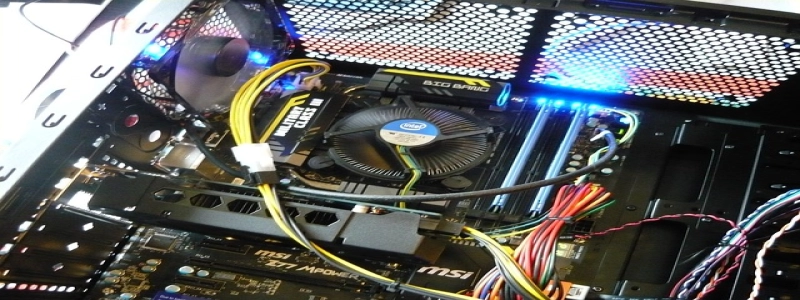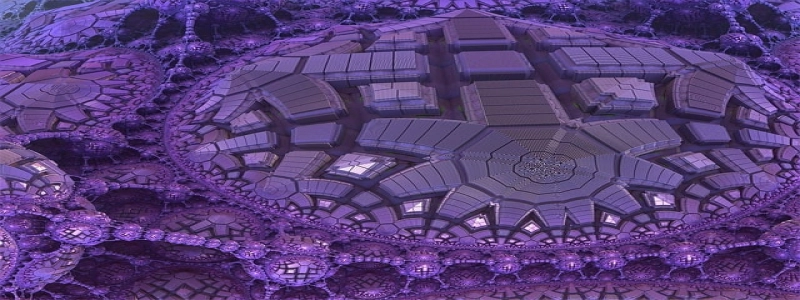D type Connector
Wstęp:
The D type connector, also known as a D-subminiature connector, is a common type of electrical connector used in a wide range of applications. It was initially developed by ITT Cannon in 1952 and has since become popular due to its versatility and rugged construction.
I. Overview of the D type Connector:
The D type connector is named after its shape, which resembles the letter \”D\” when viewed from the front. It consists of a shell with two parallel rows of pins or sockets, depending on the gender of the connector. The pins or sockets are designated as either male or female, allowing for easy mating and secure connections.
II. Types of D type Connectors:
There are several different types of D type connectors available, each designed for specific purposes. The most commonly used types include:
1. Standard D type Connector:
The standard D type connector is available in various sizes, ranging from 9 pins to 50 pins. It is commonly used in computer hardware, telecommunications, and industrial applications.
2. High-density D type Connector:
The high-density D type connector is a more compact version that allows for more pins in a smaller form factor. It is commonly used in applications where space is limited, such as data communications and medical devices.
3. Combination D type Connector:
The combination D type connector combines multiple types of contacts, such as coaxial, power, and signal contacts, into a single connector. It is commonly used in applications that require multiple connections in a compact design.
III. Features and Benefits of the D type Connector:
The D type connector offers several features and benefits that make it a popular choice in various industries:
1. Rugged Construction:
The D type connector is designed to withstand harsh environments and provides reliable connections even in demanding conditions. It is often used in applications that require resistance to dust, moisture, and high temperatures.
2. Shielding:
Many D type connectors feature shielding to prevent interference and ensure signal integrity. This is especially important in applications where electromagnetic interference (EMI) or radio frequency interference (RFI) can impact the performance of the connected devices.
3. Easy Termination:
The D type connector is relatively easy to terminate, allowing for quick and effortless installation. It typically requires a standard crimp or soldering technique, depending on the specific connector type.
4. Versatility:
The D type connector is compatible with various types of cables, including twisted pair, coaxial, and ribbon cables. This versatility makes it suitable for a wide range of applications, from computer networking to audio and video connections.
Wniosek:
The D type connector is a widely used electrical connector known for its durability and versatility. With its rugged construction, shielding capabilities, and easy termination, it is a reliable choice for many industries. Whether used in telecommunications, industrial equipment, or computer hardware, the D type connector provides secure and high-performing connections.







